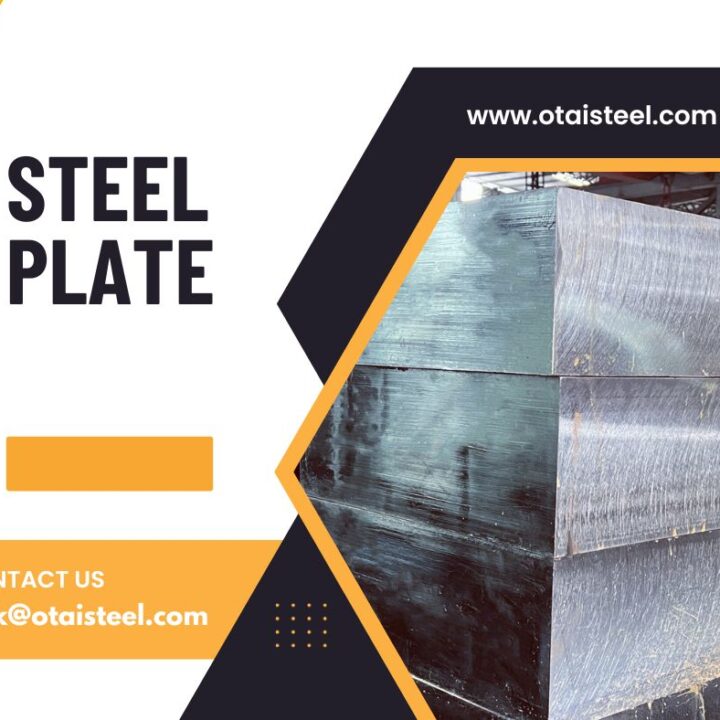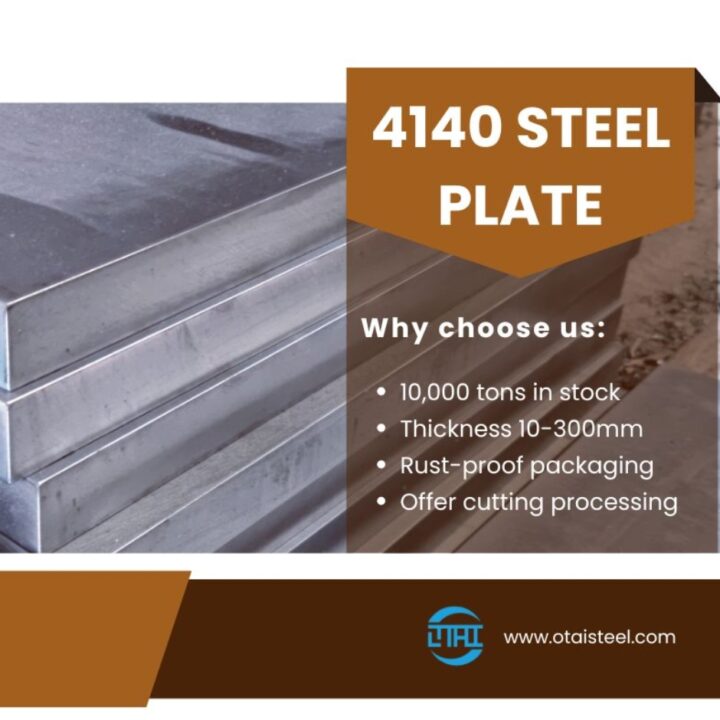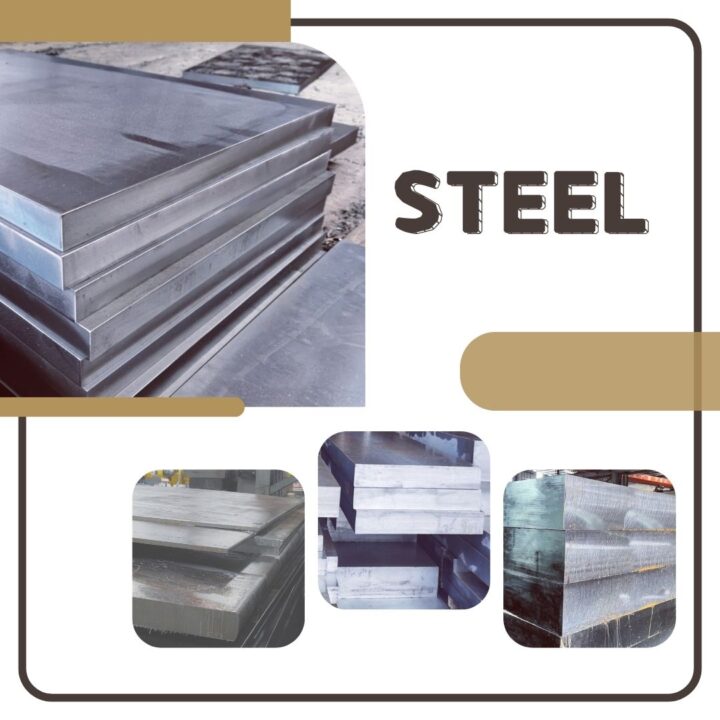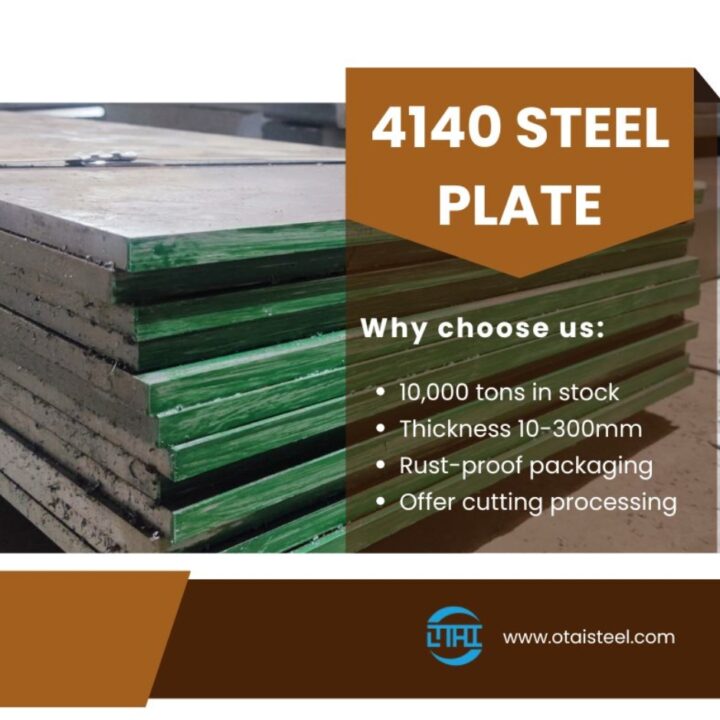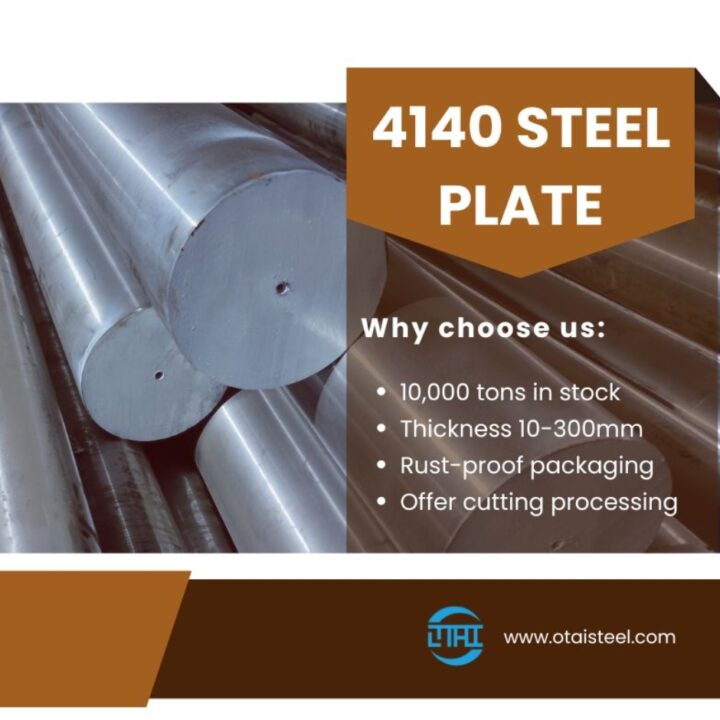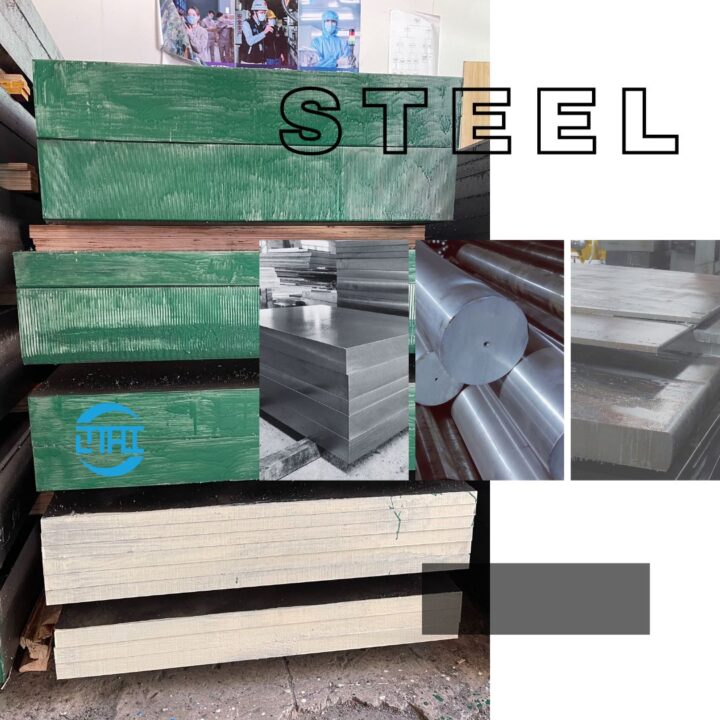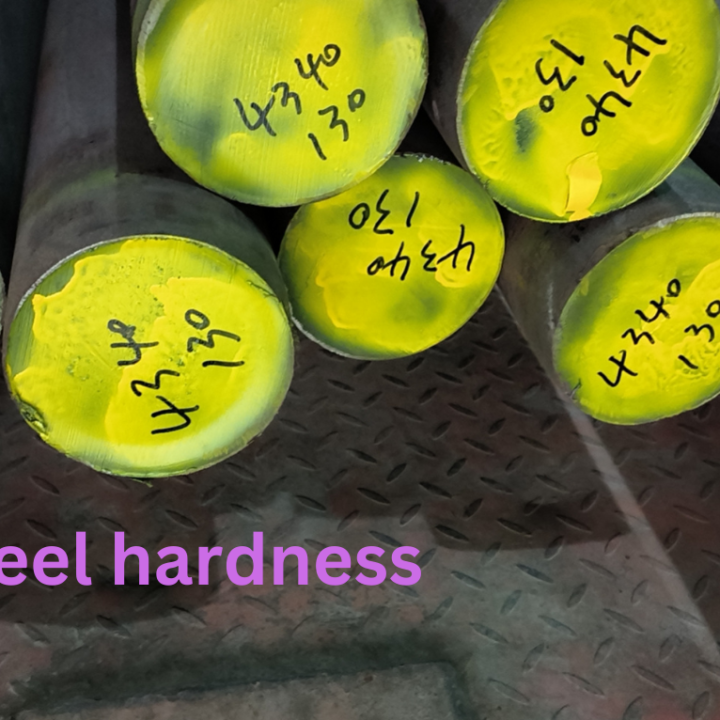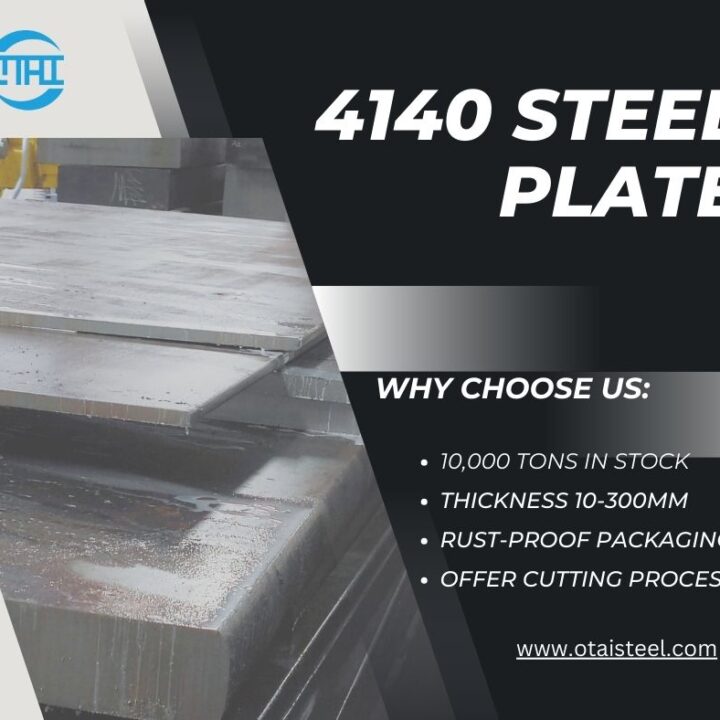34CrNiMo6 Intorcution –classification and chemical analysis
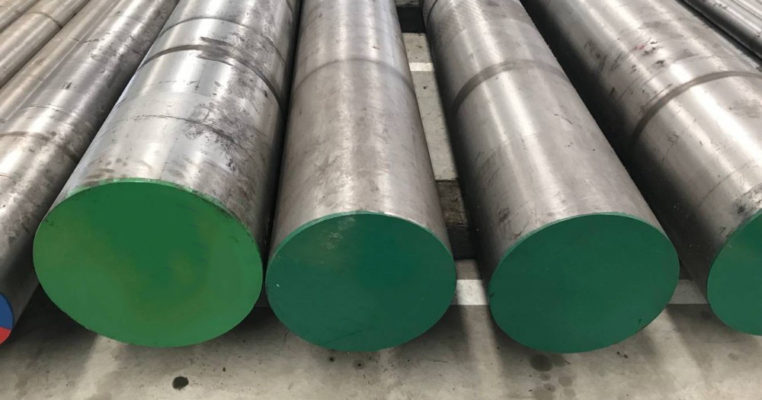
34CrNiMo6 Introduction –classification and chemical analysis
classification:
① quenched and tempered structural steel
②Surface hardened structural steel
① The carbon content of quenched and tempered steels is generally about 0.25% to 0.55%. For structural parts of a given cross-sectional size, when quenching and tempering along the cross-section during quenching and tempering (quenching and tempering), the mechanical properties are good. If it is not quenched and free ferrite appears in the microstructure, the toughness decreases. For steels with a tendency to temper brittleness, such as manganese steel, chromium steel, nickel-chromium steel, etc., they should be cooled quickly after tempering. The critical quenching diameter of this type of steel increases with the increase in grain size and alloying element content. For example, 40cr and 35simn steel is about 30-40mm, and 40crnimo and 30crni2mov steel is about 60-100mm, which is commonly used in manufacturing Structural parts such as shafts and connecting rods with large loads.
②Surface hardened structural steel is used to manufacture hard and wear-resistant surface parts and flexible parts, such as gears and shafts. In order to increase the toughness of the core of the part, the carbon content in the steel should be low, generally 0.12 to 0.25%, and there is also an appropriate amount of alloying elements to ensure proper hardenability. Nitrided steel also needs to add alloy elements (such as al, cr, mo, etc.) that are easy to form nitrides. Carburized or carbonitrided steel, after carburizing or carbonitriding at 850 ~ 950 ℃, quenched and used under low-temperature tempering (about 200 ℃). The nitrided steel is directly treated by nitriding (480 ~ 580 ℃), and it is no longer quenched and tempered.
34CrNiMo6 (1.6582) belongs to European standard high-strength alloy structural steel.
According to the carbon equivalent calculation formula recommended by the International Welding Society (IIW) Ceq = C + 1 / 6Mn + 1/5 (Cr + Mo + V) +1/15 (Ni + Cu) (%)
(1) When Ceq <0.40%;
(2) When Ceq = 0.40 ~ 0.60%, the hardening tendency of the steel gradually becomes obvious, and the weldability is acceptable. When welding, appropriate preheating before welding and slow cooling after welding should be adopted to control its welding line energy;
(3) When Ceq> 0.60%, the steel has a strong hard tendency and poor weldability. It is a steel type that is more difficult to weld, and a higher preheating temperature and strict process measures must be taken to select suitable welding. material. It is calculated that the carbon equivalent value of 35CrMo steel Ceq = 0.72%.
